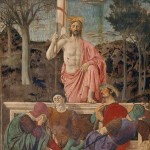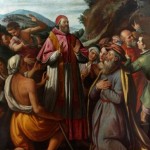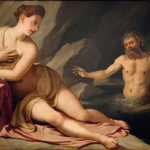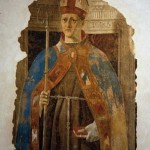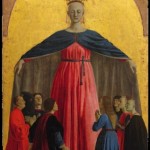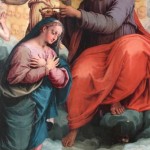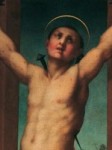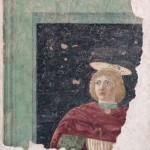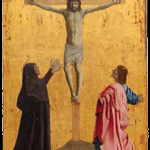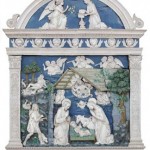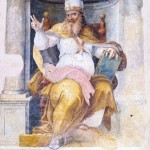The museum was established initially as a picture gallery in the 1920s but, as a matter of fact, the city government had always been involved in developing its art collections and, since the 16th century, commissioned works by prestigious artists to decorate the town hall and make it more impressive.
The starting point was, of course, Piero della Francesca’s Resurrection, the city’s emblem and symbol, which was frescoed around 1460 in the Palazzo della Residenza’s Sala dei Conservatori.
In the second half of the 16th century, the town sent for the famous Venetian painters, the Bassano family – very active in Sansepolcro – to decorate the chapel in the Palazzo della Residenza. In addition, works by Raffaellino del Colle and Leonardo Cungi were acquired.
During the 17th century, for a visit by Leopoldo II, the early collection was increased with the transfer of Cherubino Alberti’s famous engravings from the nearby town hall.
Given these illustrious precedents, it was only natural for the fresco of Saint Louis, detached from the walls of the Palazzo Pretorio, to be placed in these rooms in 1846.


